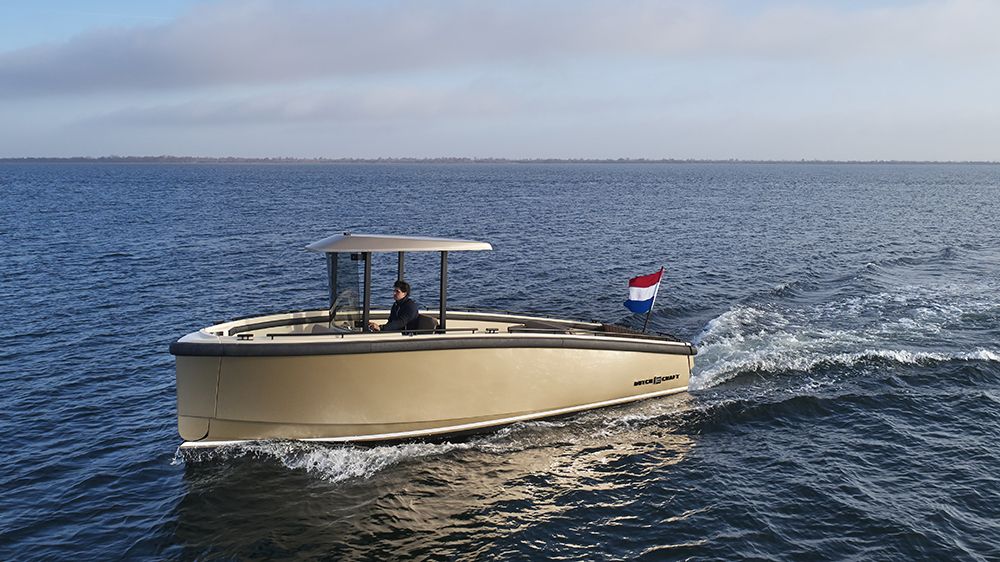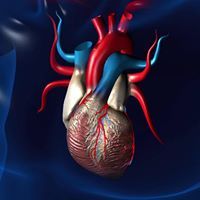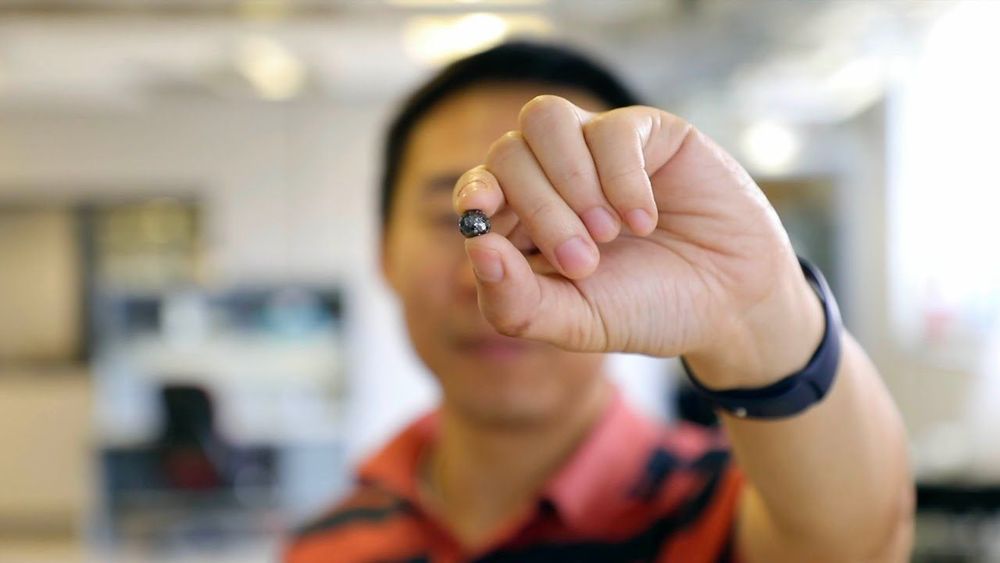Jan 22, 2020
Bought a Hybrid Yacht? This New All-Electric Tender Might Be the Perfect Companion
Posted by Omuterema Akhahenda in category: innovation
Tenders don’t typically make the biggest waves at boat shows, but DutchCraft’s new all-electric vessel is vying to change that. The innovative 26-foot tender will make its world debut at Boot Düsseldorf this month and promises to impress even the most discerning marine enthusiasts.
Get ready to meet the clean, quick and silent tender of your dreams.
















